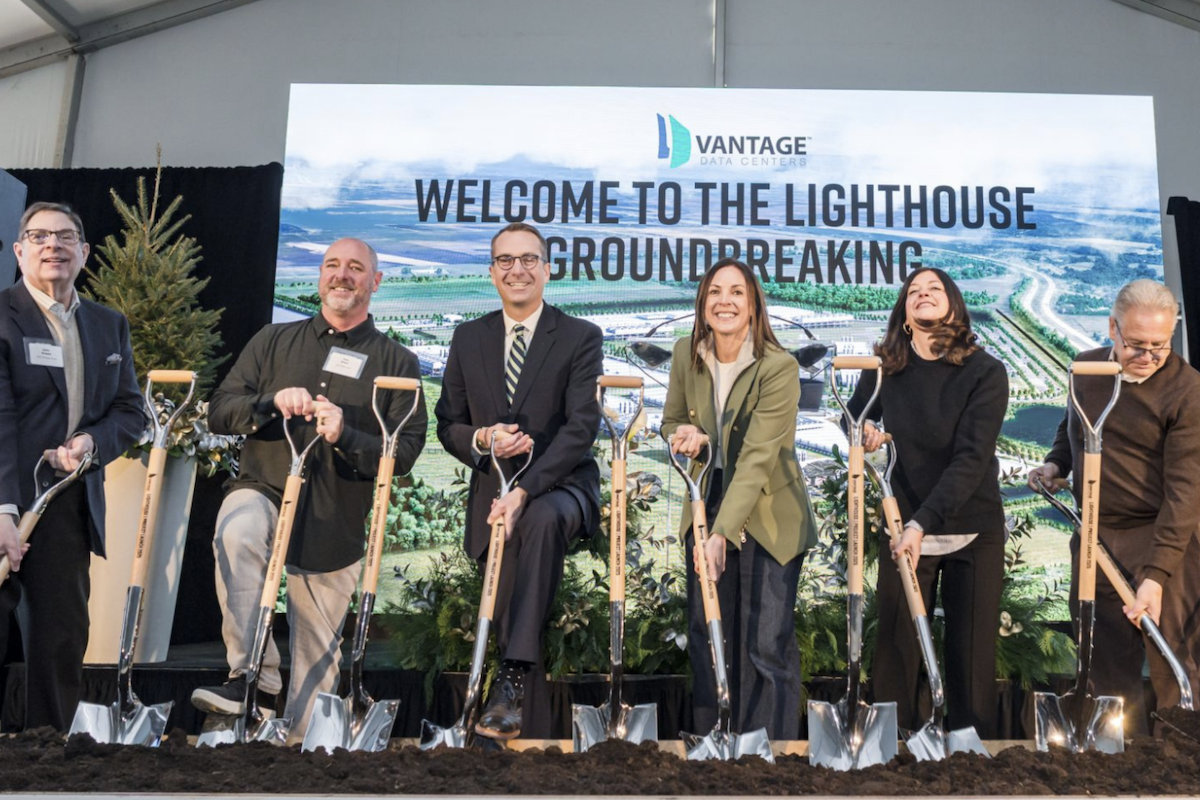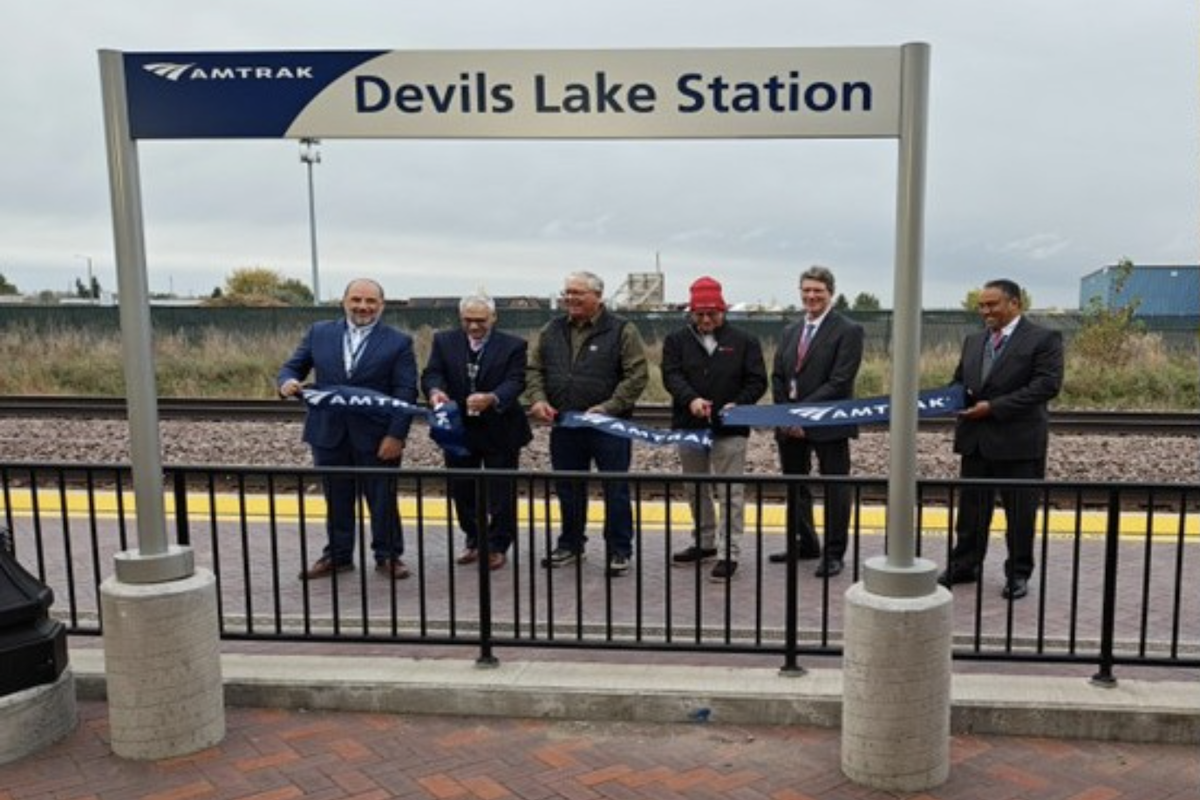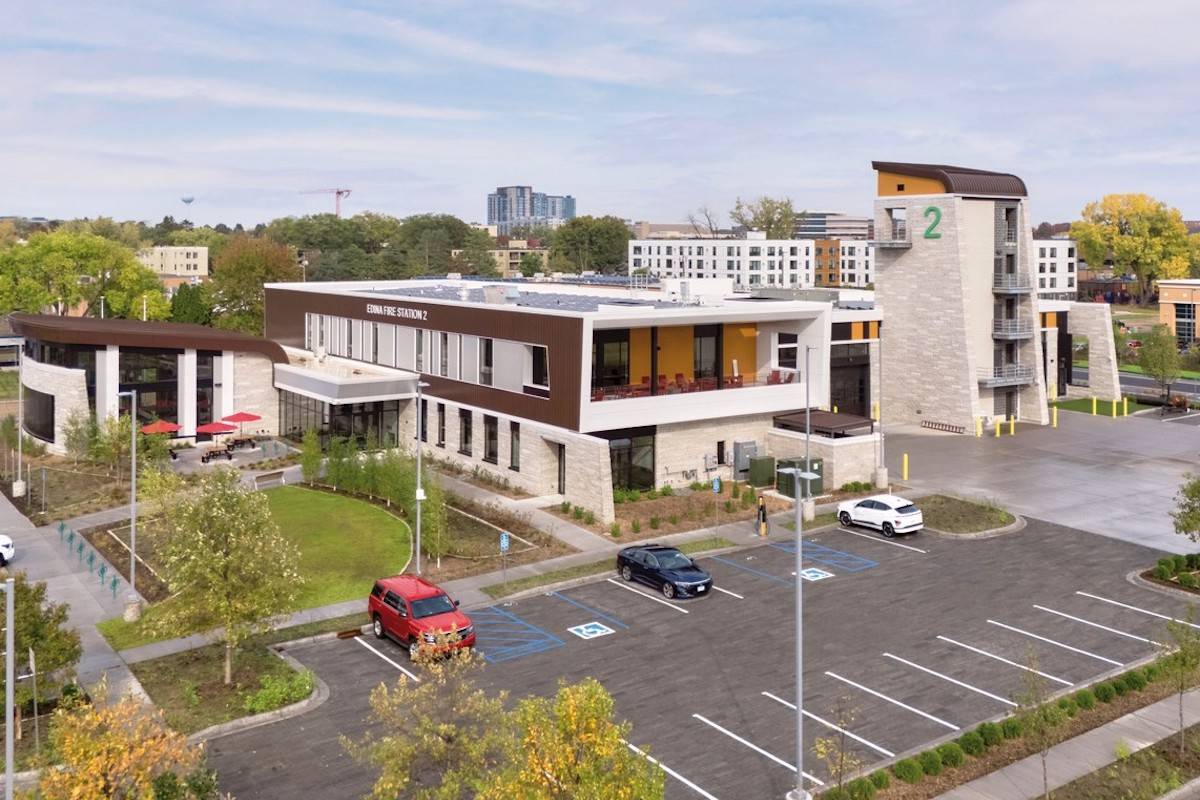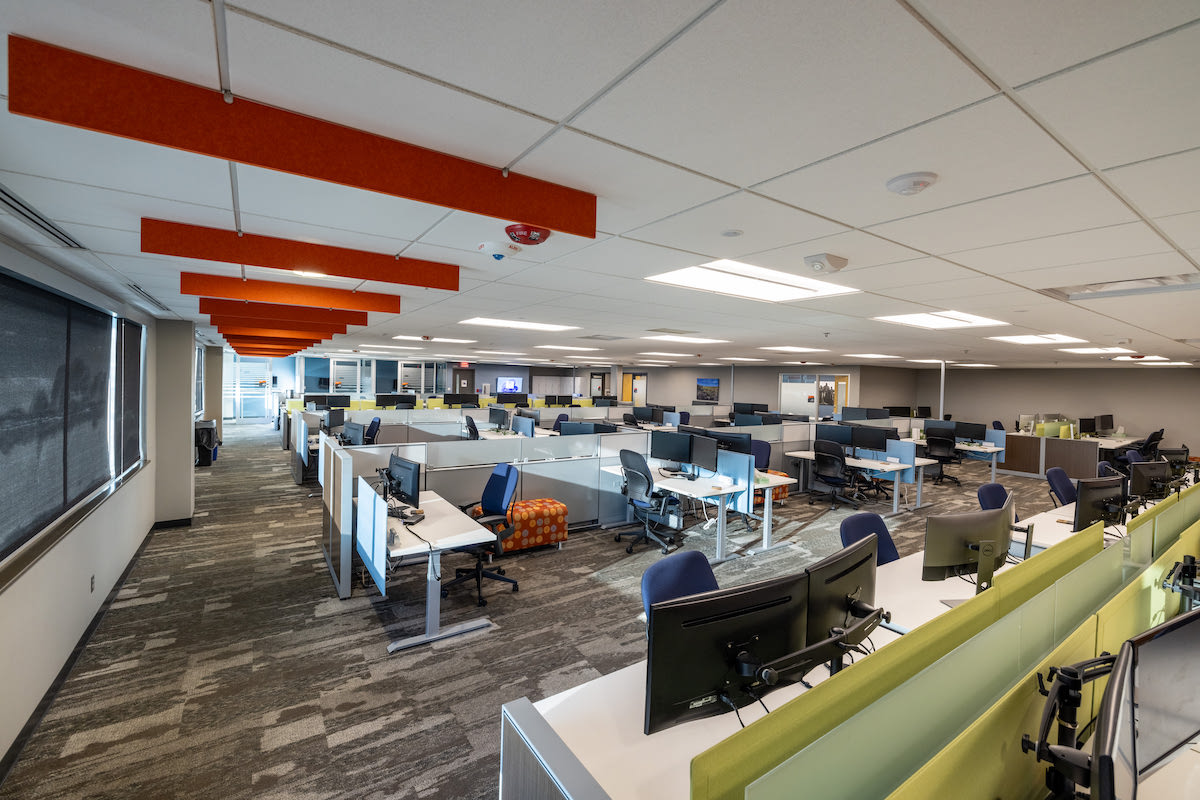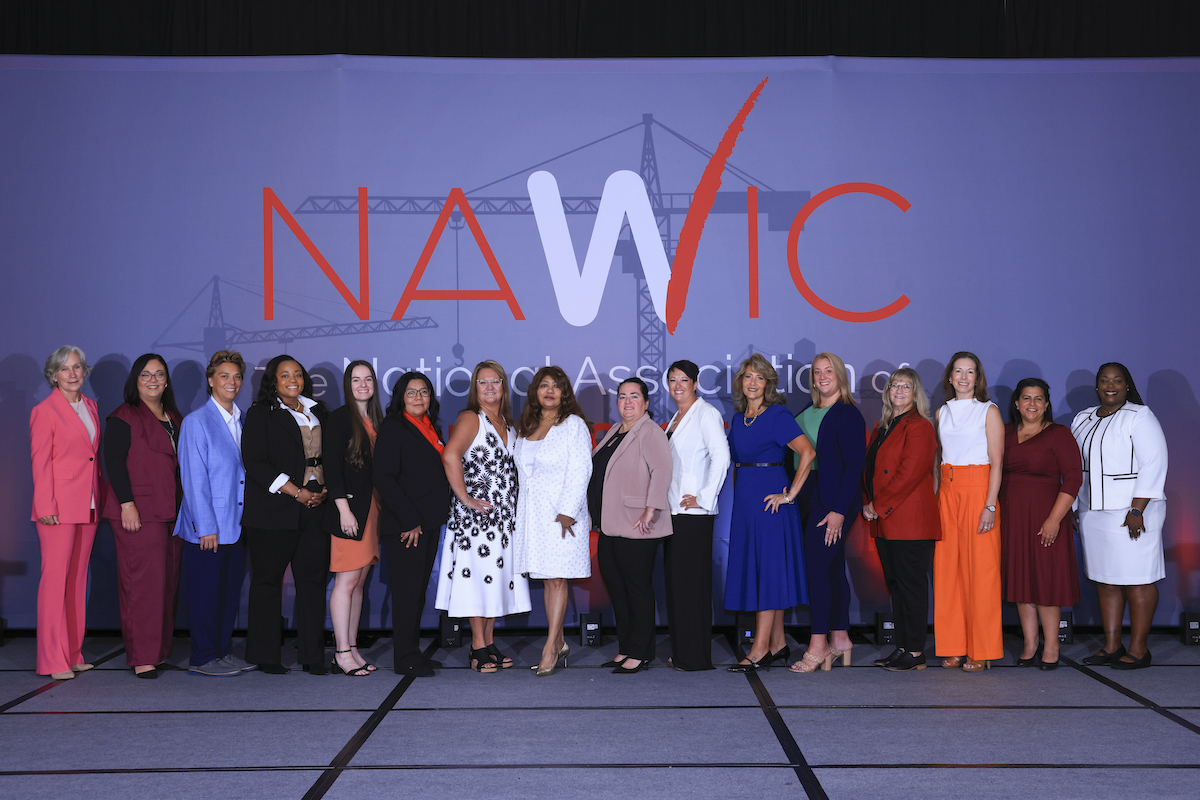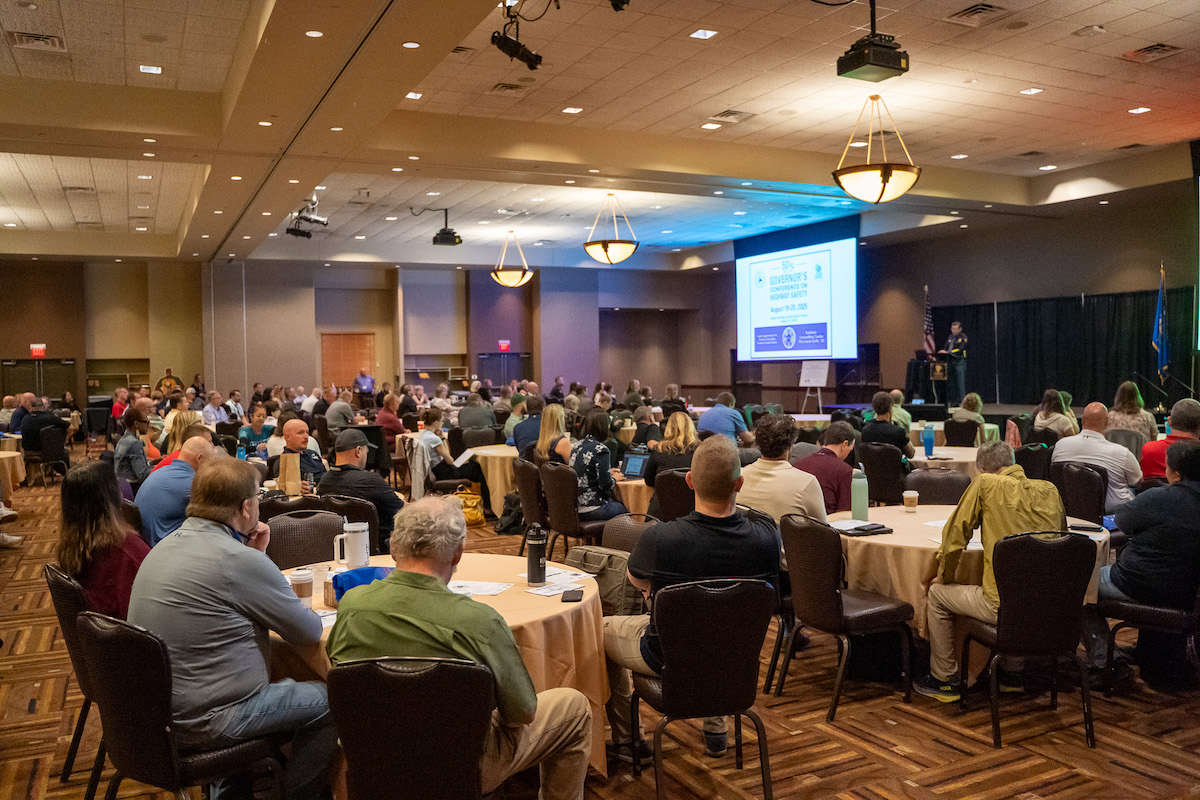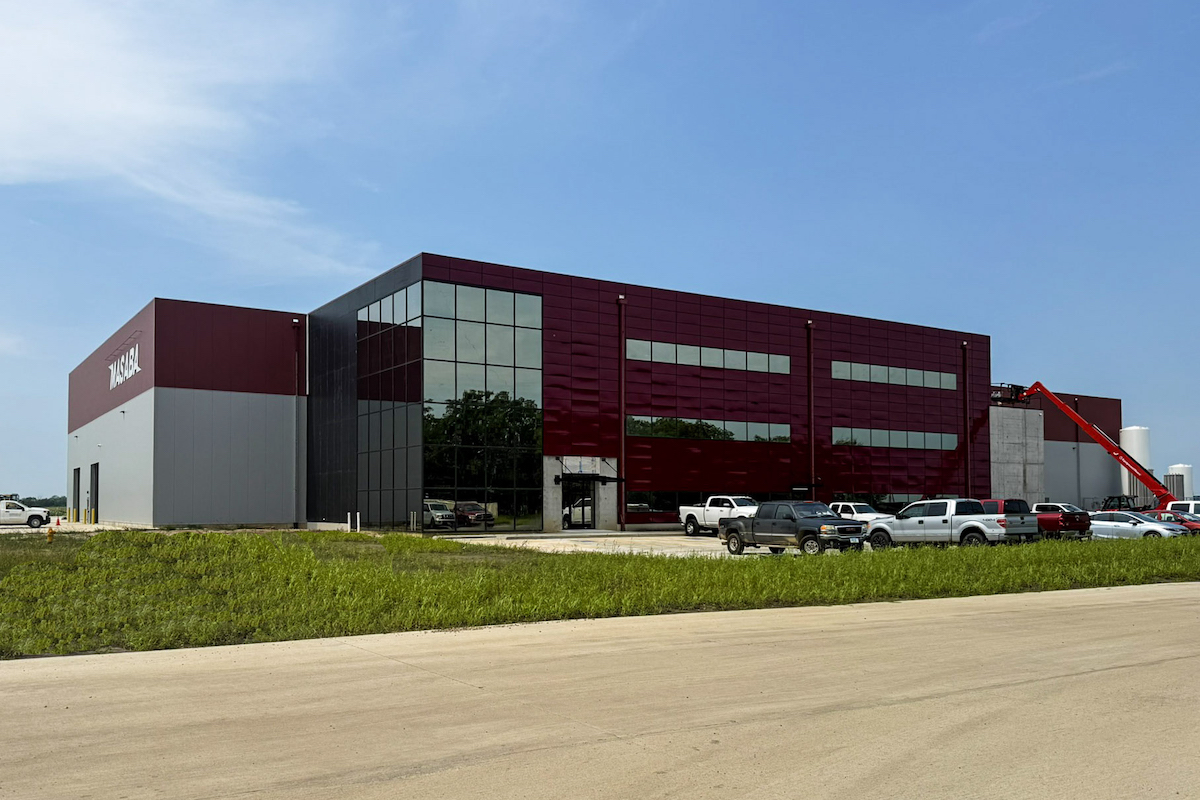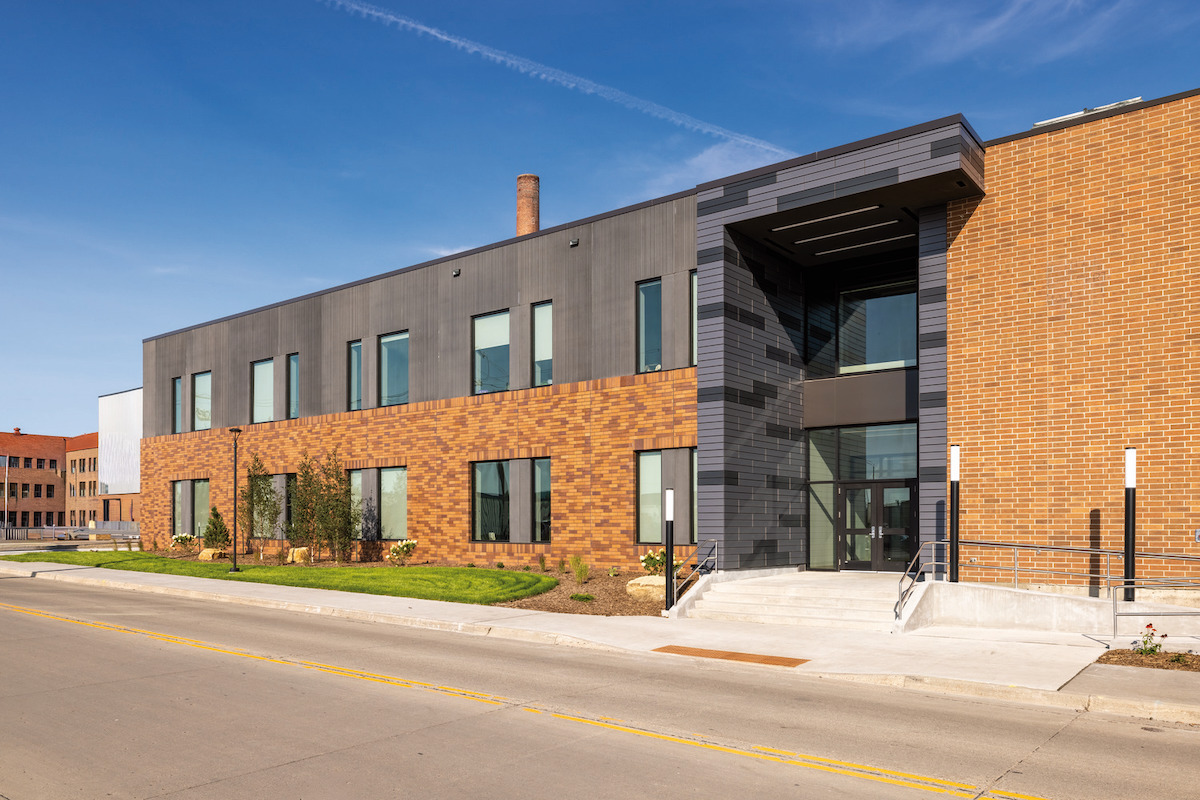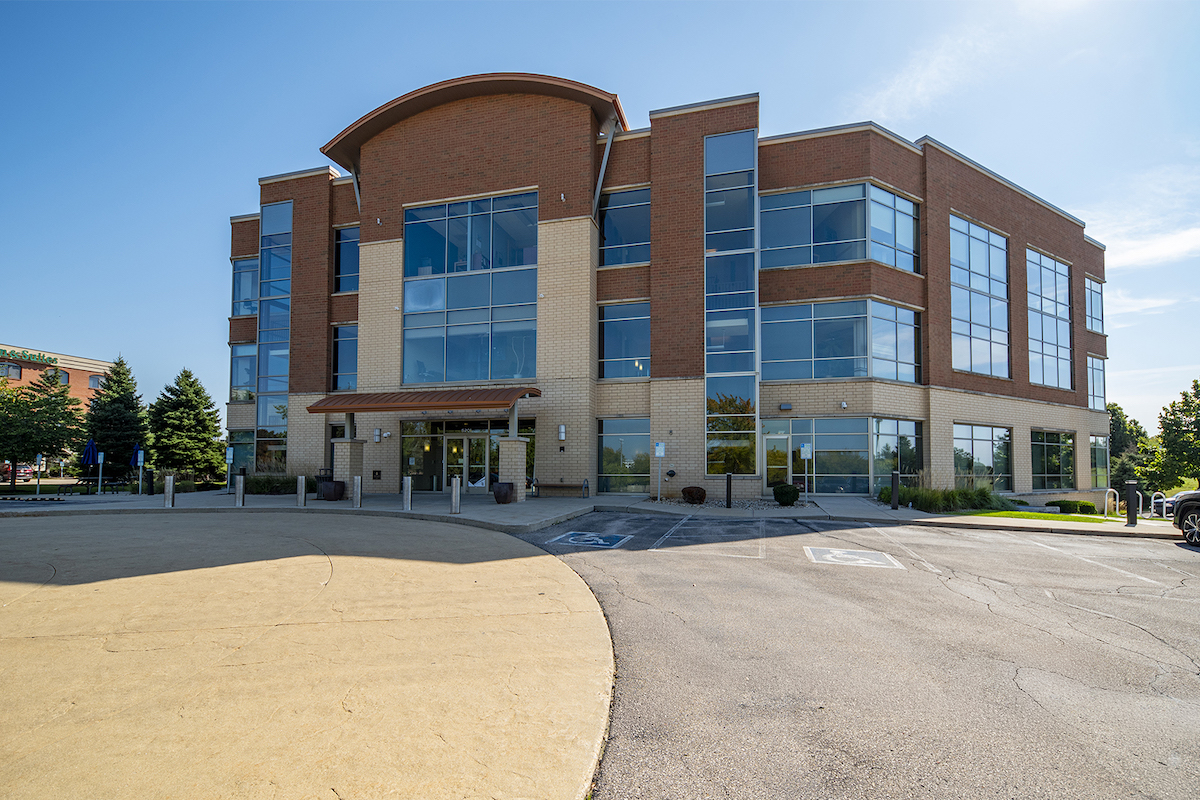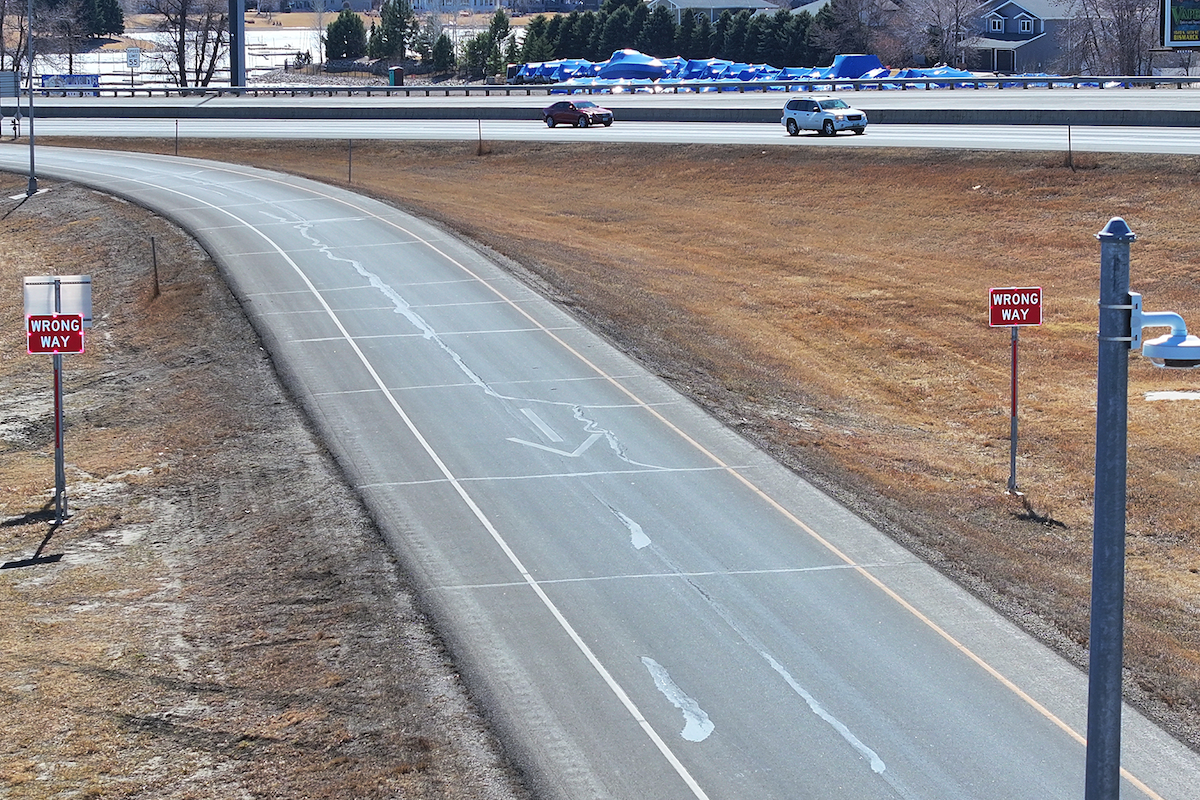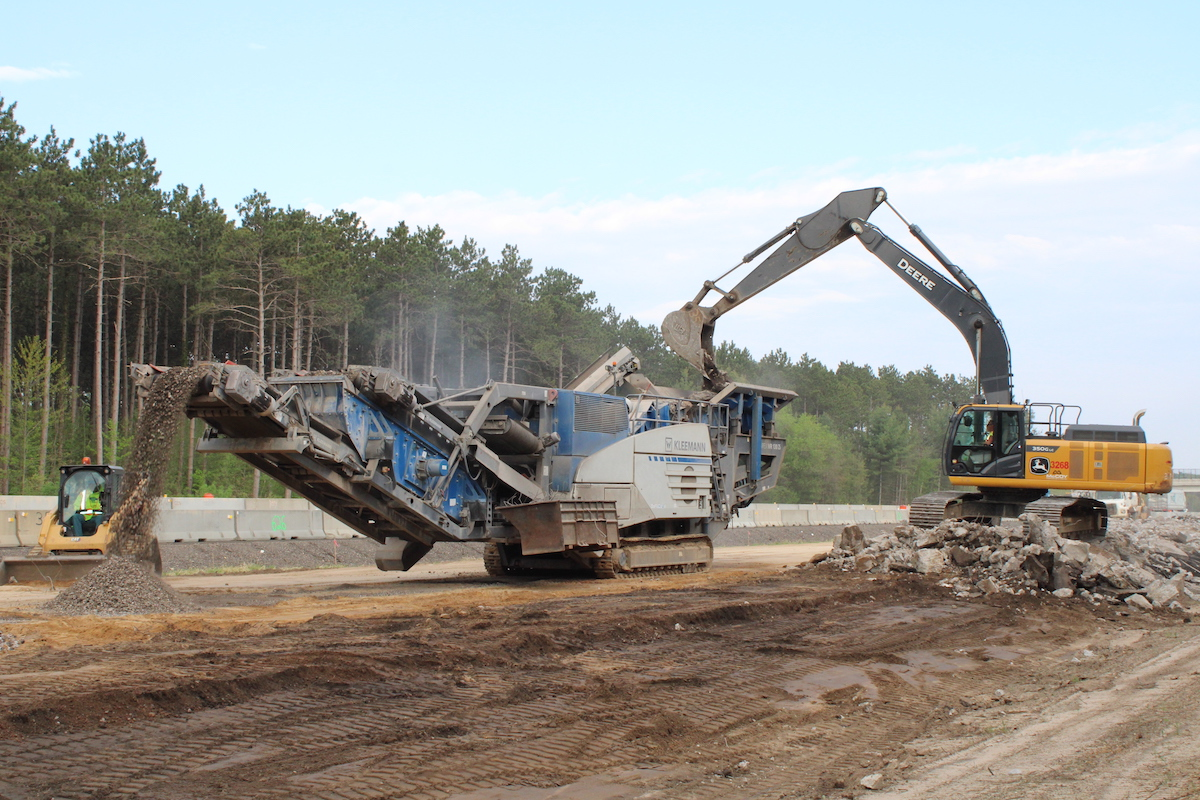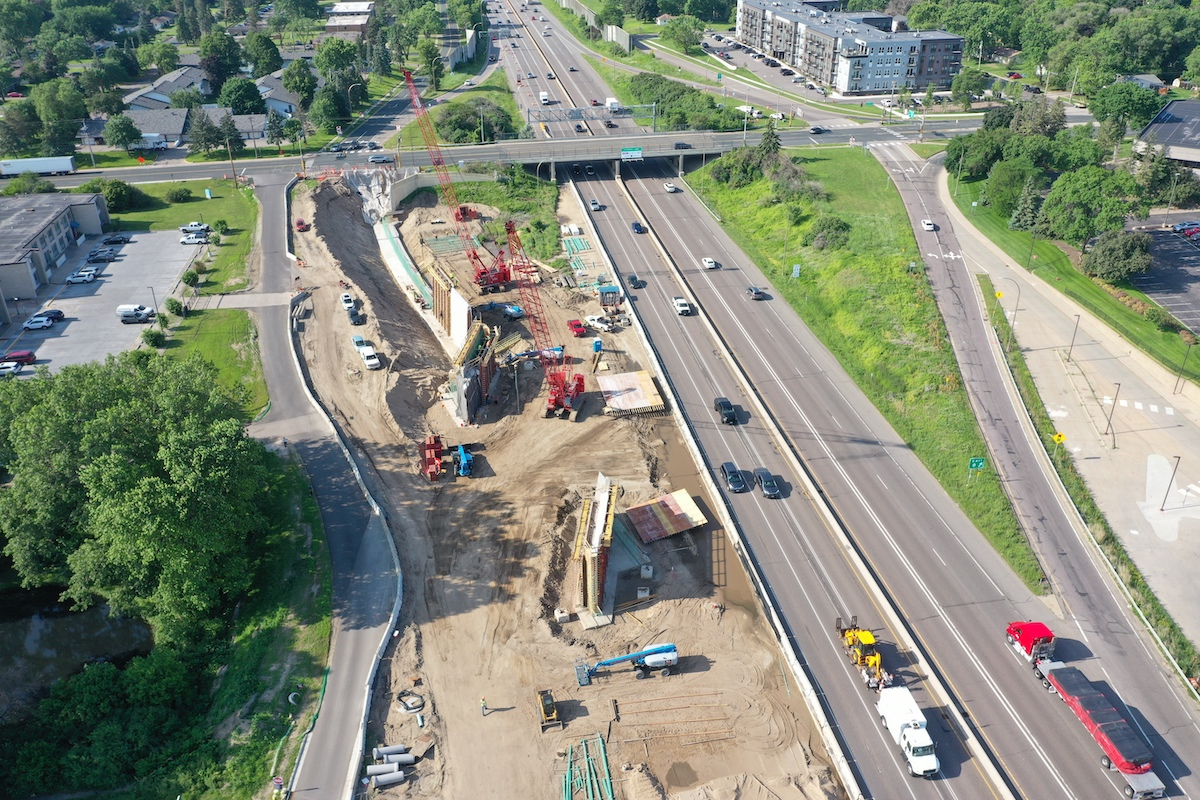Roads and bridges that are deteriorated, congested, or lack some desirable safety features cost Wisconsin motorists a total of $7.6 billion statewide annually — up to $2,473 per driver in some areas — due to higher vehicle operating costs, traffic crashes, and congestion-related delays. Increased investment in transportation improvements at the local, state, and federal levels could relieve traffic congestion, improve road, bridge, and transit conditions, boost safety, and support long-term economic growth in Wisconsin, according to a new report released by TRIP, a Washington, D.C.-based national transportation research nonprofit.
The TRIP report, “Keeping Wisconsin Mobile: Providing a Modern, Sustainable Transportation System in the Badget State,” finds that throughout Wisconsin, nearly half of major locally- and state-maintained roads are in poor or mediocre condition, 7% of locally- and state-maintained bridges (20 feet or more in length) are rated poor/structurally deficient, and 2,967 people lost their lives on the state’s roads from 2018-2022. Wisconsin’s major urban roads are congested, causing significant delays and choking commuting and commerce. The TRIP report includes statewide and regional pavement and bridge conditions, congestion data, highway safety data, and cost breakdowns for the Eau Claire, Green Bay-Appleton-Oshkosh, Kenosha, Madison, Milwaukee, and Wausau areas.
“Prioritizing infrastructure investment is the cornerstone of sustainable commercial real estate,” said Tracy Johnson, President of the Transportation Development Association of Wisconsin and President and CEO of the Commercial Association of Realtors Wisconsin. “These strategic investments enhance connectivity, accessibility, and economic vitality and support not only the transport of goods but also workers across the region. The latest TRIP report illustrates Wisconsin's opportunity for further sustainable infrastructure enhancements, promising improved roadways that instill confidence in commercial investors, making our state a prime destination for real estate development and expansion.”
Improvements to Wisconsin’s roads, highways, and bridges are funded by local, state, and federal governments. Governor Evers’ 2019-2021 Wisconsin Biennial Budget included an increase of 20% (a total of $318 million) in funding for the State Highway Rehabilitation Program and provided structural enhancements to continuing sources of state transportation revenues. To further strengthen the program, the state’s 2021-2023 Biennial Budget provided a 6.8% increase to maintain “real dollar” purchasing power in transportation.

| Your local Gomaco dealer |
|---|
| Hayden-Murphy Equipment Co |
| Swanston Equipment Co |
Wisconsin transportation funding was boosted by the passage of the Infrastructure Investment and Jobs Act (IIJA), which was signed into law by President Biden in November 2021. The IIJA will provide $5.5 billion for road, highway, and bridge repairs in Wisconsin over the five years of the bill, including a 25% increase in highway and bridge funding provided to Wisconsin in FY 2022. However, inflation in the cost of providing highway and bridge repairs is hindering the ability of increased funds to address the state’s transportation needs. The Federal Highway Administration’s national highway construction cost index, which measures labor and materials cost, increased by 27% during 2022.
“Additional state and federal funding will allow Wisconsin to move forward with needed improvements to its transportation network that will make the state’s roads and bridges smoother, safer, and more efficient while boosting the economy and creating jobs,” said Dave Kearby, TRIP’s Executive Director. “A safe and reliable transportation system that is maintained in good condition and offers improved mobility and accessibility to meet the needs of Wisconsin residents, businesses, and tourists alike, is critical to moving Wisconsin forward.”
















